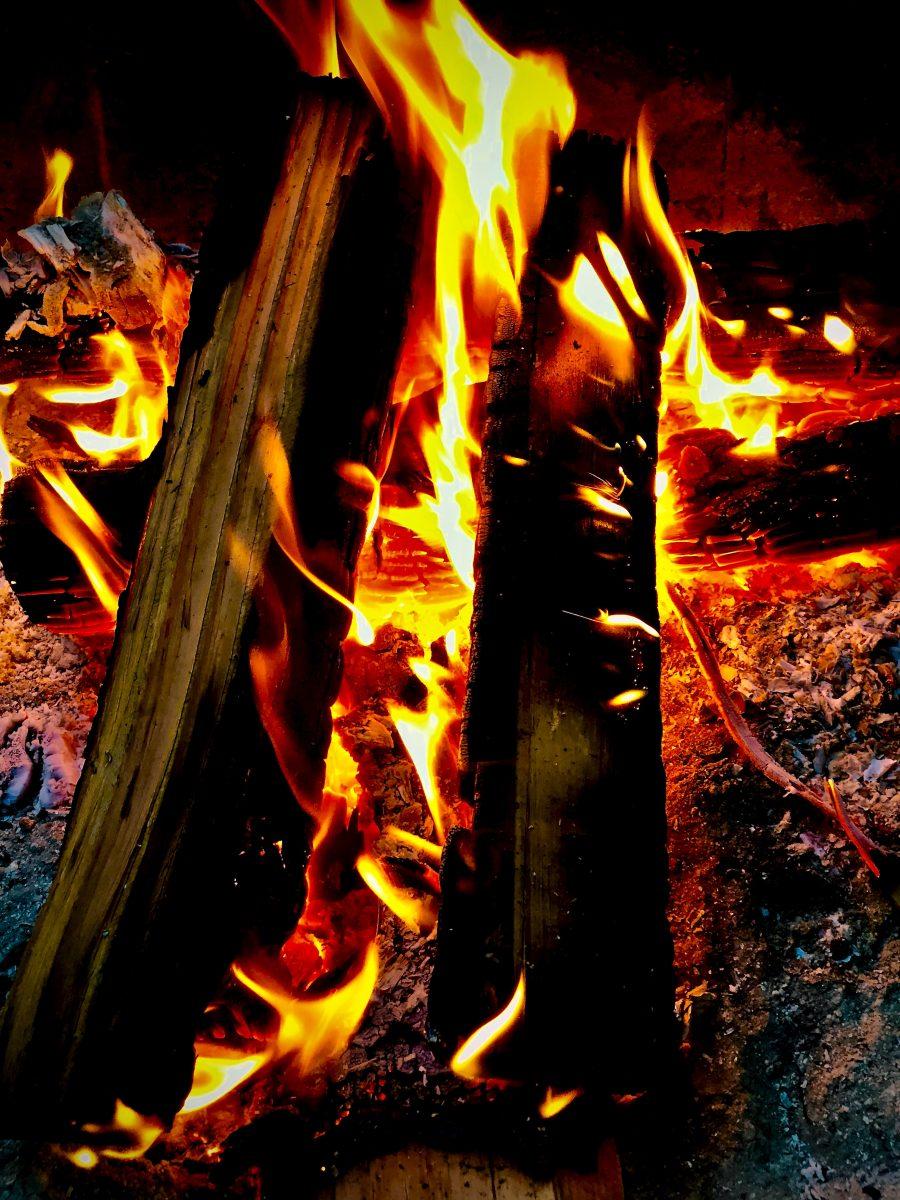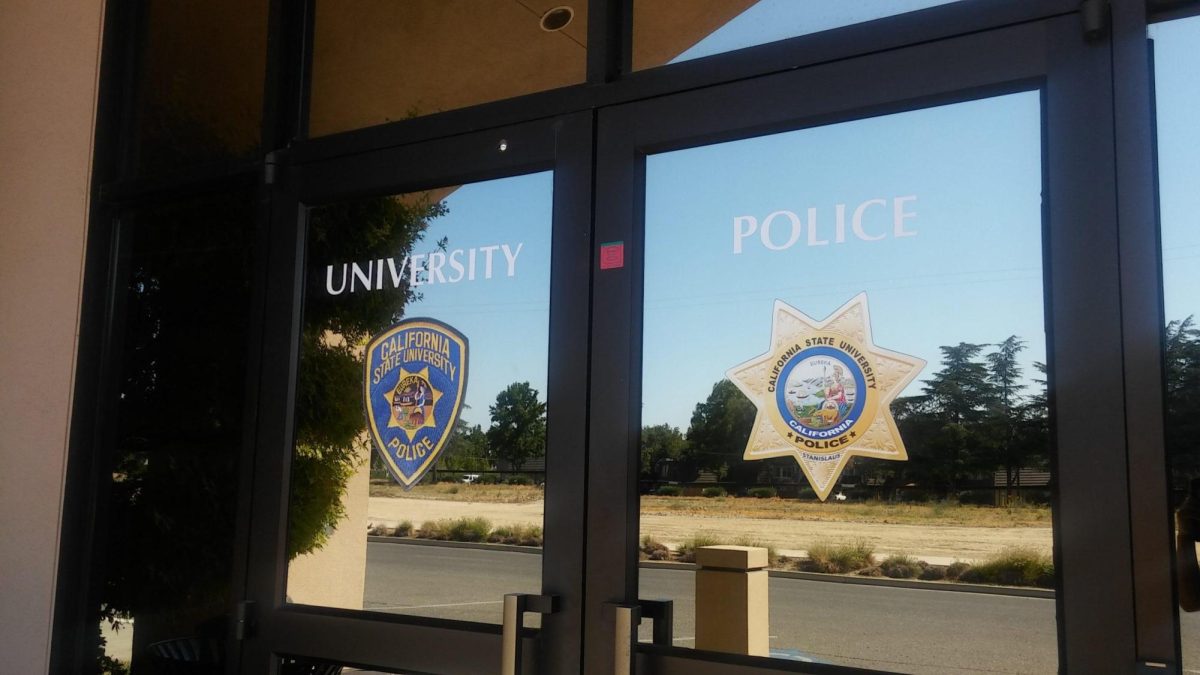Wildfires have become an expected hazard during the summers in California. Recent information from Government institutions divulge potential outcomes for the summer of 2021 wildfire season.
California is famous for its mountain ranges; people travel from all over the world to visit places like Yosemite. California locals enjoy day trips to small towns ranging all throughout the foothills and higher elevations. In the past five years, due to the brutal destruction caused by wildfires, these towns and natural wonders have been in grave danger. This has been true more so in recent years than ever recorded previously. The fire season brings anxiety to those who live in the mid- to -high elevation towns along the Sierra Nevada’s.
CSU English Major Alyssa Schaffer (senior) and her family live in a state of uncertainty during the summer months being residents of Angels Camp, “The fire season causes a great deal of anxiety for me and my family…I always have a ‘go bag’ packed with important documents, pictures, and a few pairs of clothes during peak fire season,” Schaffer adds, “We get such short notice when it comes to fires, so we are always planning for worst case scenarios.”
Last summer, when Californians sought refuge in the outdoors to escape the confinement of COVID, many much needed outdoor adventures had to be cancelled because of the fires. Turlock local Cody Malmberg, after being stuck inside for months had planned and looked forward to a trip to Kennedy Meadows in early August 2020, but was sorely disappointed when a few days before a fire started in the Stanislaus National Forest east of Pinecrest.
“I was upset. I wasn’t able to go camping the year before because of fires and then it happened again,” stated Malmberg, “the good thing is the food doesn’t expire until 2025, so I’m saving it for this year.”
In a social media survey presented to CSUS Students and community, 56% of those surveyed stated they enjoy going up to the mountains when free time permits. Will there be opportunity or will the fires prevent their much-needed escape?
Disrupting a much-needed vacation is frustrating, however, the fires can cause disruptions in life that aren’t always so easy to brush off. As students, school is our top priority, or one of them at least. As of the pandemics start, student life has moved to the internet, which is un-stabling enough as it is. Adding to the chaos, loss of power is common in Angels Camp. “Our power is often turned off as a precaution for almost half of the summer months now due to high fire risk or fires near by,” explained Shaffer.
The question Californians are left asking each spring is relatively the same; How many fires are we in store for this summer and how long will they last? In order to determine this, we look at the various concerns over water in California such as the reservoir levels, the snow pact, and The Wildland Fire Management Program (WFMP) fire prediction to possibly gain some insight into the question at hand.
Although a few reservoirs close to home such as Don Pedro, New Malones, and Lake McClure are nearly at normal historic capacity, most of the reservoirs in California, according to the Interactive Water map, are still considerably lower than their historical average, especially those found in Northern California. Due to this, the current stream flow statistic according to the United States Geological Survey (USGS) as of March 27, 2021, shows that only 1 to 2 pinpointed locations are firmly in the 90th percentile, while most are falling in-between the 25th and the 75th percentile. Unfortunately the Sierra Nevada mountain range east of us here at Stanislaus State is showing some of the lowest flow points in the state.
There is ample concern over whether this summer’s season will be cut short during the fire season, especially since Cal Fire names the top seven largest fires being recorded from 2017 to 2021 with most only dating back recently to the mid 2000’s. This means that out of the top 20 fires in the history of recorded fires in California, only three were from more than 20 years ago.
Wildfires destroy people’s homes and the much-needed remaining habitat of California’s wildlife, “just last year a fire started a couple blocks from our house and nearly burned our entire small downtown to the ground”, recalled Schaffer. Cal Fire’s list of the top 20 most destructive fires only dates back to the early 90’s and that only accounts for two dates on the list, while most on the list (13/20) happened between the years of 2017 and 2020. Fires have certainly gotten to be more destructive over the past decade and don’t show any signs of slowing down. Six out of 13 happened in 2020, most in the same month.
The Wildland Fire Management Program (WFMP) predicts that the north region of California is showing as of March 1 that, “the significant fire potential is normal for all areas.” Normal is defined as less than one large fire in a Predictive Service Area (PSA) through May and two per PSA in June. The month of February has been incredibly dry, meaning that the necessary amounts of ground water are not being provided and there is also a lack in new green vegetation at the middle elevations This can add to the fire risk factor in the hotter months later in the year. Although there are expected to be warmer than average temperatures in June, the precipitation for this year was “sufficient” in allowing new green growth in the lower elevations to help form a snowpack which is at 60%. So far, we are at the normal expectancy of what wildfires for the month of June should look like.
In October, 2019 Governor Gavin Newsom singed a bill that would potentially help Californians get through the wildfire season. The main goals of the bill were designed to tackle prevention and response. The goals include using clean energy to mitigate Climate Change, to ensure the fair allocation of Wildfire Damages, to create a more effective California Public Utilities Commission with the tools to manage a changing utility market, and to hold PG&E accountable while also building a utility that prioritizes safety.
Ezra David Romero, in an article for Capradio in January 2021 reveals that lawmakers are thinking big picture as well, ideas “like banning all new development in areas of the state prone to wildfires”. This would hopefully reduce the amount of destruction and displaced Californians. Last year $230 million was spent on wildfire prevention measures; recently $1 billion of the recommended $2-5 billion by Environmental groups was approved for this fiscal year.
This winter has not seen the downpour that we need to assure normal to idealistically low possibilities of wildfires in the California mountains this summer, but we can see law makers have made steps toward keeping summer 2021 off of Cal Fires top 20 list.
Possible Wildfire Outcomes Summer 2021
Matthew James Bonzi
•
March 27, 2021
0
Donate to Signal
Your donation will support the student journalists of California State University, Stanislaus. Your contribution will allow us to purchase equipment and cover our annual website hosting costs.
More to Discover













